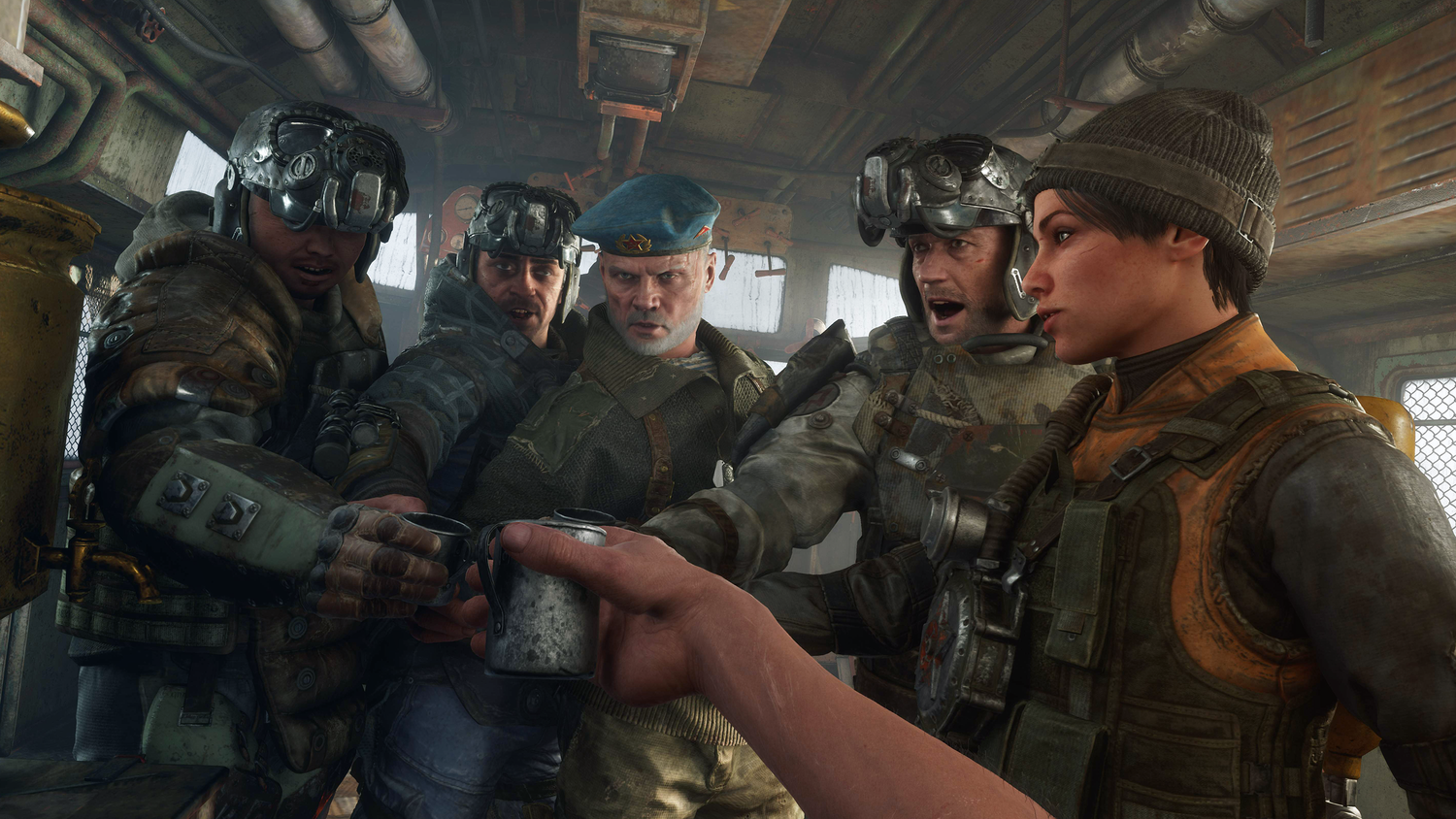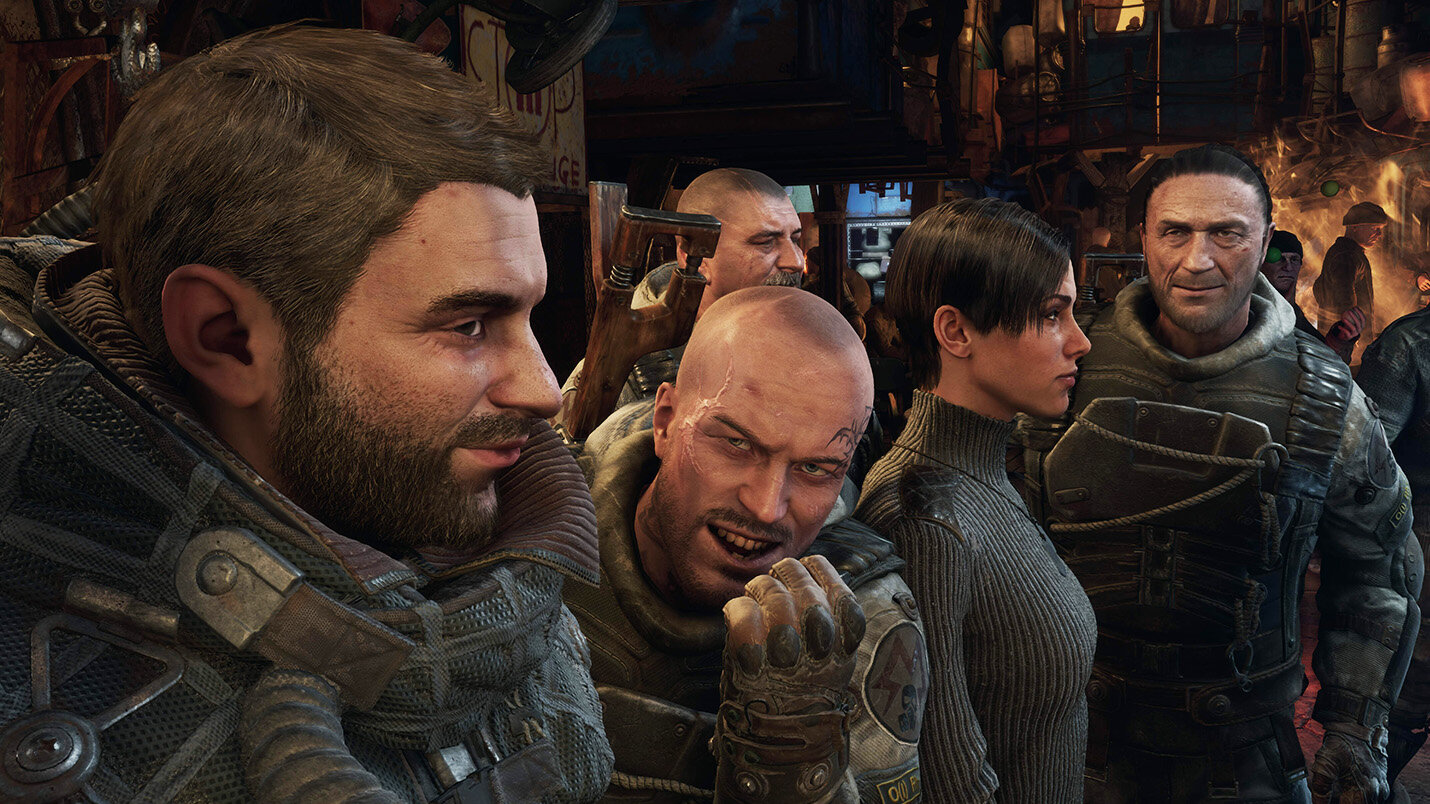It doesn’t just come down to what you end up shipping either. Game development is by its very nature an iterative process. You need to have some plan for where you want to take a project from the start, or course, but once you begin working on assets and developing features you always test them as part of the larger context of the game, and more often than not this leads to tweaks, refinements, and balancing. Even that might not be the end of it, other features can come along changing the experience and myriad different ways leading to yet more alterations and adjustments. For this process to work developers need an environment to work in that is intuitive, responsive, and as close a representation of the main game as possible. Our editor has always run basically the same simulation as the final game, but technological advancements seen in this generation streamlined the process significantly. Testing environments are quicker to set up with fewer dependencies on assets or on the work of other departments. Changes in visual design are visible (in their final form) immediately. The physical simulation on the whole feels more like a sandbox in which ideas can be tested and iterated upon. This makes for a more comfortable and fluent development experience, more conducive to creativity and experimentation.











